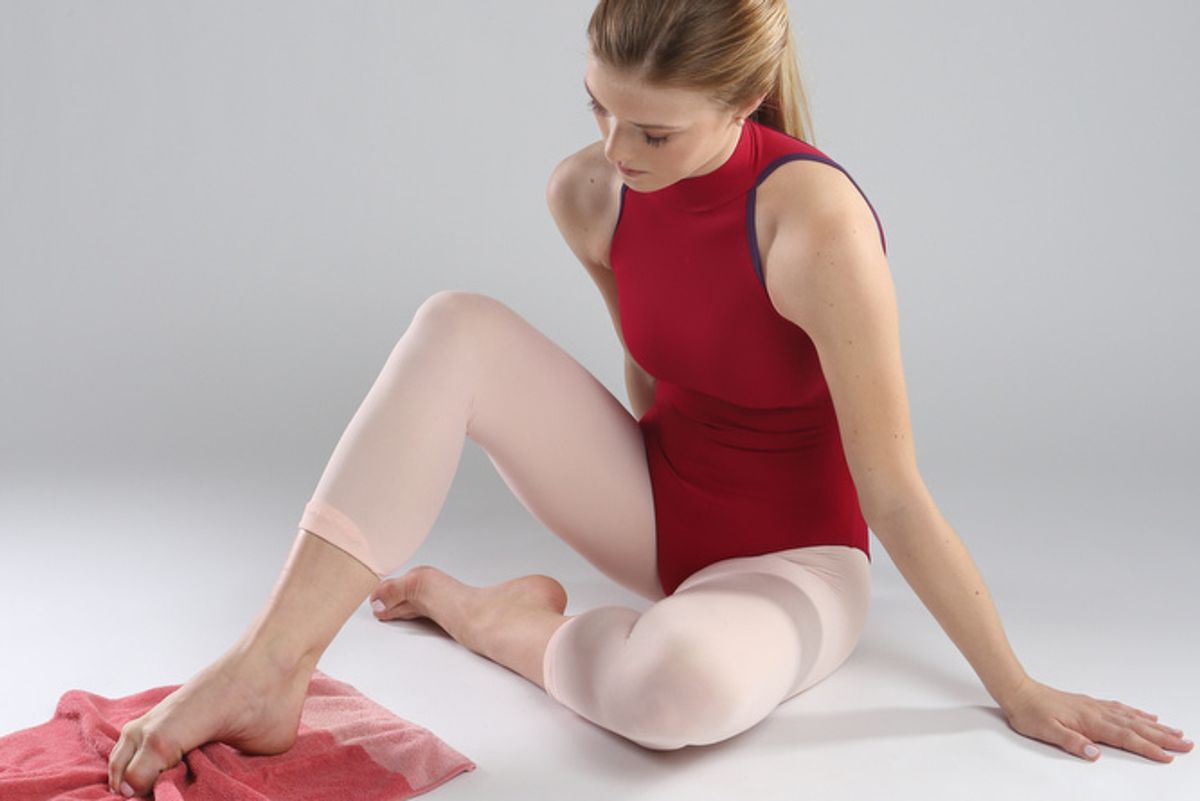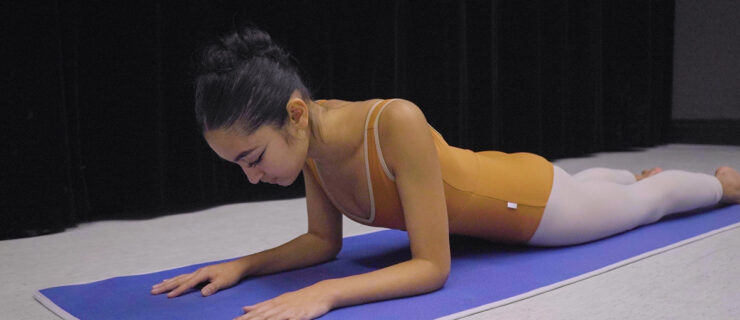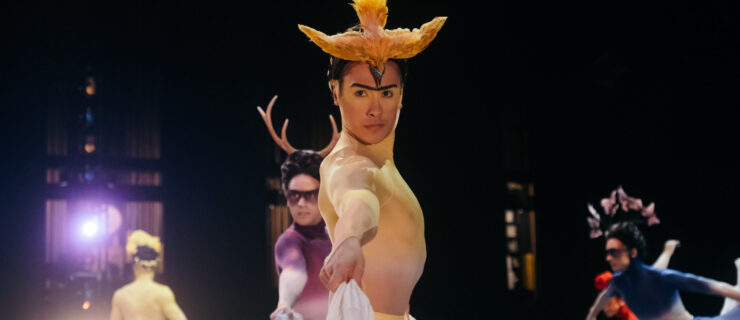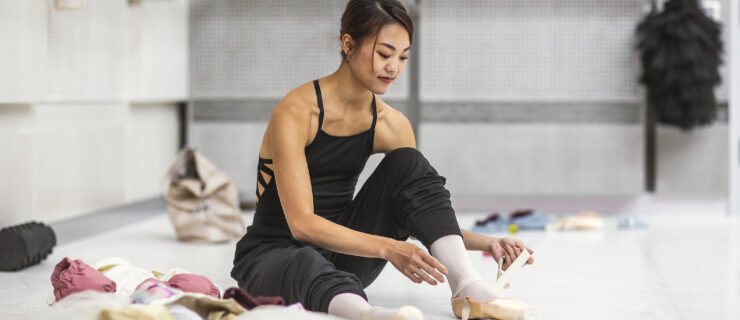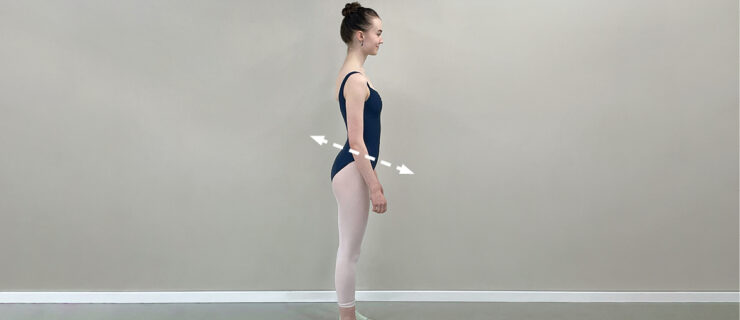12 Exercises for Stronger, More Supple Feet
Maybe you weren’t born with gorgeous, overarched feet, but that doesn’t mean you’re completely stuck with what you’ve got. “Strength and flexibility can improve with training, but that’s within the limits of your individual anatomy,” says Dr. Nancy Kadel, a Seattle-based orthopedic surgeon who specializes in dancers’ foot and ankle issues. Building a balance of both will help you achieve more supple feet that can support ballet’s demands. Kadel recommends the following:
Tools of the (Foot-Strengthening) Trade
● Hand towel for scrunching toward you as you actively curl your toes. For a challenge, add weight, like a book, to the end of the towel.

Jayme Thornton
● Hair elastic for resistance as you spread the toes wide, relax and repeat.

Jayme Thornton
● Thera-Band for slowly pointing and flexing in parallel. Then, sickle with a point, return to neutral and repeat; and wing (in both flexed and pointed positions), return to neutral and repeat.

Jayme Thornton
● Tennis ball, placed at or above the ankle bones, as you slowly relevé and lower in parallel.

Jayme Thornton
● Doming with the arch lifted and toes long.

Jayme Thornton
● Toe teasers. Lift the big toe and keep the others on the floor, then swap. Later, try placing the toes down in sequence one at a time, then reverse. Isolate the big toe and practice moving it toward your midline.

Jayme Thornton
● Piano toes. From tendu second, flex the foot off the floor and articulate the toes into a pointe one at a time.

Jayme Thornton
Stretches
● For the calf. Lunge in parallel and reach the back heel down. Or place the ball of the foot against a wall and lean forward.

● For the soleus. From a parallel lunge, scoot the back foot in towards the front leg, about a foot’s length, and bend both knees for a stretch closer to the Achilles.

Jayme Thornton
● For the top of the instep. Standing in pointe shoes, cross one leg over and press the top of the foot into the floor. Plié to increase the stretch.

Jayme Thornton
● Don’t cram your feet under a couch or resort to using foot stretchers. You’re more likely to overstretch or injure your ligaments, says Kadel.
Try This: Pointing with Relaxed Calf
Forming a beautiful pointe isn’t all about muscling the calf. “A lot of dancers get more motion in the front of their foot from this exercise,” says Kadel. It teaches the muscles on the left and right sides of the lower leg to engage as you point.
Sit with the left leg crossed over your knee. Push the heel down to keep the Achilles lengthened throughout the exercise.

Jayme Thornton
Isolate the calf muscle. Try to contract and relax it on its own without moving the foot. Then, wiggle or squeeze the calf to check that it’s soft before you move on.
Try pushing down the big toe knuckle only, keeping the calf relaxed. (You should feel the tendons on the outside of the ankle moving.) The other toes stay long and flexed up.

Jayme Thornton
Gradually start to point by the ball of the foot. Keep toes up and calf soft, and don’t let any wrinkles form behind the ankle. Keep going, very slowly. If the calf becomes tense, stop and shake it out.
Once you’ve pointed your foot as far as you can with a relaxed calf, only then may you point the toes (don’t curl them).

Jayme Thornton
Check for overly wrinkled skin behind the ankle (a sign that you’re jamming into your Achilles). To get a final bit of pointe, use your hands to stretch the top of your arch.

Jayme Thornton
Practice the whole series slowly, once on each foot.
